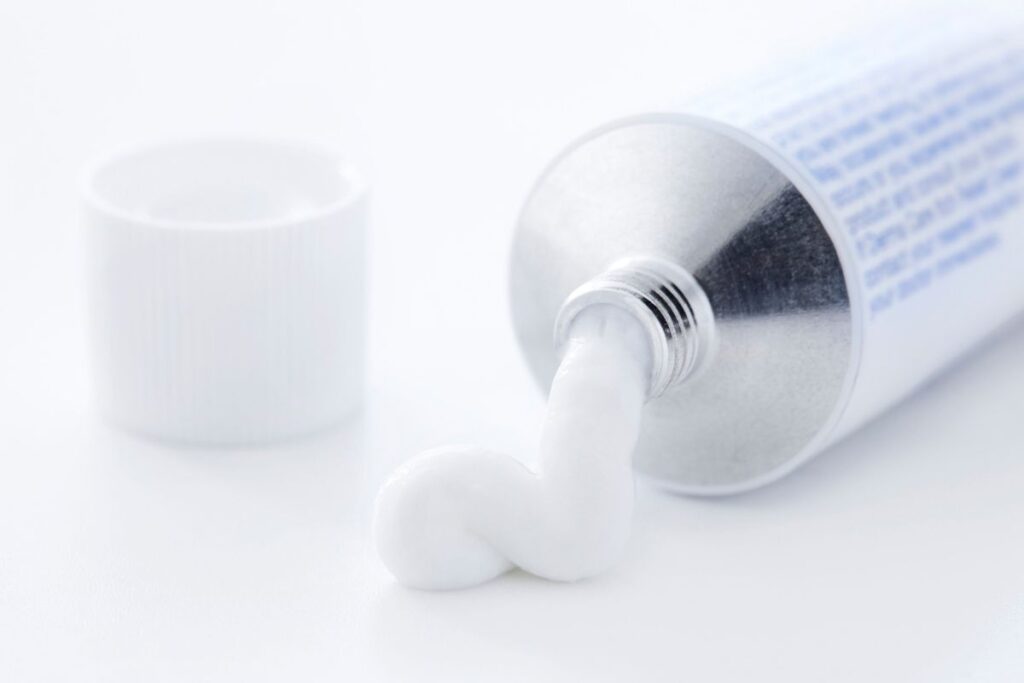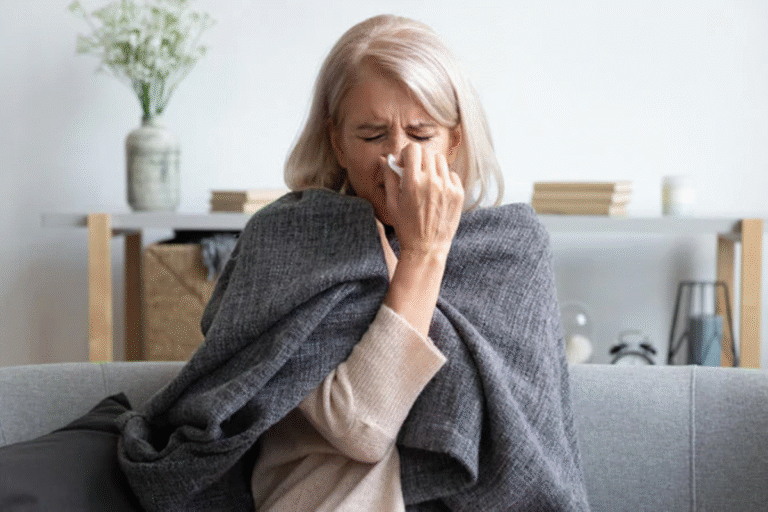
For many women navigating perimenopause or menopause, hormone therapy can be a lifeline—relieving symptoms like hot flashes, insomnia, mood swings, and breast tenderness. While oral progesterone is commonly used alongside estrogen in hormone therapy, some women explore topical progesterone creams as an alternative—especially if they experience side effects from oral forms or are looking for more localized relief.
But how safe is topical progesterone? Does it increase breast cancer risk? Let’s explore what we know and what questions still remain.
Understanding Topical Progesterone
Topical progesterone is applied directly to the skin, often in the form of compounded creams or over-the-counter bioidentical formulations. It is chemically identical to the progesterone made by the human body and may be appealing to those who prefer “natural” or non-oral therapies.
Topical application is sometimes used to:
- Relieve breast tenderness
- Help balance estrogen in hormone therapy
- Bypass the liver (avoiding some of the side effects of oral routes)
However, absorption through the skin can vary depending on the formulation, dose, and site of application.
References:
- ZRT Laboratory. Topical Progesterone as a Companion for Estradiol Replacement Therapy. zrtlab.com
Does Topical Progesterone Increase Breast Cancer Risk?
What the Research Says (and Doesn’t Say)
Unfortunately, there are no large-scale, long-term studies that directly assess the breast cancer risk associated with topical progesterone. Most available research focuses on oral progesterone or synthetic progestins (like medroxyprogesterone acetate used in the Women’s Health Initiative).
Some key points:
- Synthetic progestins used with estrogen in older studies were linked to a slight increase in breast cancer risk, especially after five or more years of use.
- Micronized bioidentical progesterone, used orally, appears to carry a lower risk profile and may even be protective when used for short durations in combination with estrogen.
- We do not yet know if topical progesterone provides the same protective or neutral effect, especially since systemic absorption can be variable and unpredictable.
References:
- Gompel, A. et al. (2018). Micronized progesterone and breast cancer risk. Climacteric. DOI: 10.1080/13697137.2017.1421925
- Breast Cancer Prevention Partners. Bioidentical Hormones. bcpp.org
Case Study: A Real-Life Example
The following case has been adapted for privacy; the patient’s name and identifying details have been changed.
Susan, a 52-year-old woman living in Washington State, began hormone therapy to manage her hot flashes and severe mood changes. She was prescribed oral estradiol and oral micronized progesterone. While she tolerated the estradiol well, the progesterone left her feeling sedated and foggy—even when taken at bedtime.
After discussing options with her provider, she transitioned to a compounded topical progesterone cream, applied daily to her inner arms and breasts. Over the next few weeks, Susan reported improved sleep and a reduction in breast tenderness. She was closely monitored with follow-up labs, and her provider adjusted the dose slightly based on her symptom response and hormone levels. She continues to do well on this regimen with ongoing breast screening and symptom checks.
Should You Use Topical Progesterone? Key Takeaways
Topical progesterone may be a helpful tool—especially for breast tenderness or if oral progesterone is not well tolerated. However, because research is limited, it should be used thoughtfully and under the guidance of a knowledgeable provider.
What to keep in mind:
- Topical progesterone has not been proven to increase breast cancer risk, but more research is needed.
- It may not be sufficient to protect the uterine lining in women who still have a uterus—so it should not be relied on as a sole therapy for endometrial protection.
- If you’re using it alongside estrogen, make sure your provider is monitoring your symptoms, hormone levels, and overall breast health.
References:
- ZRT Laboratory. Topical Progesterone and Estradiol Therapy. zrtlab.com
- Stuenkel, C.A. et al. (2015). Treatment of Symptoms of the Menopause: An Endocrine Society Clinical Practice Guideline. J Clin Endocrinol Metab. DOI: 10.1210/jc.2015-2236
Safe BHRT Support at Antigravity Wellness
At Antigravity Wellness, we offer individualized, evidence-informed bioidentical hormone therapy for women navigating perimenopause and menopause in Washington and Oregon State. We work closely with you to:
- Identify the best route and dose for your hormones
- Monitor your progress with lab testing and symptom review
- Ensure you’re feeling your best—safely and confidently
If you’re exploring hormone therapy or struggling with side effects like breast tenderness, we’re here to help you navigate the options.
Book your brief initial consult today to start your personalized wellness journey.
Medical Disclaimer:
This blog is for informational and educational purposes only and is not intended as a substitute for medical advice, diagnosis, or treatment. Always consult with a qualified healthcare provider before making changes to your healthcare regimen, especially when it involves hormone therapy or supplements.




